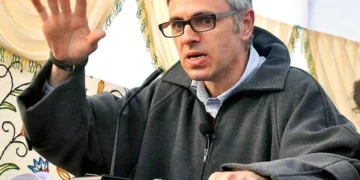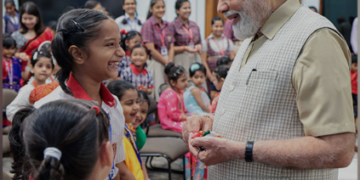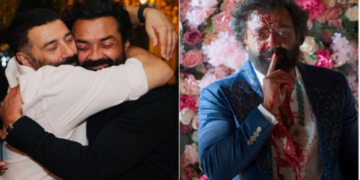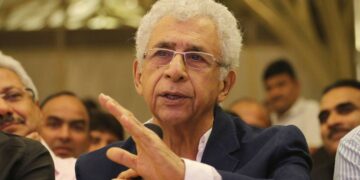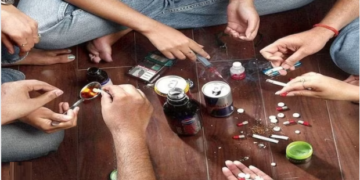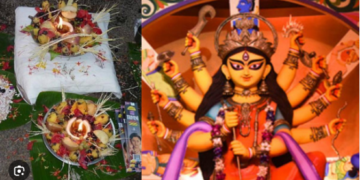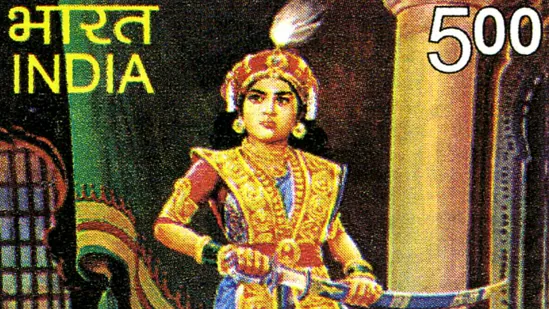Rani Velu Nachiyar – an 18th-century warrior who belonged to the Sivagangai estate in present-day Tamil Nadu – was the only daughter of the royal couple of the Sethupathi dynasty. Trained in martial arts, archery, and horseback riding, she also knew several languages, including French. On her birth anniversary, which falls on the same day as social reformer Savitribai Phule, Prime Minister Narendra Modi paid tribute to her ‘courageous’ spirit and said, “She was at the forefront of ensuring justice for her people. She fiercely resisted colonialism and also worked for the welfare of society. Her bravery will keep motivating generations to come.” He also remembered Phule in a separate tweet.
5 points about the life of celebrated warrior Rani Velu Nachiyar:
1. The government archive says she was raised as the royal heir; ‘the turning point in Velu’s life was when the British – led by the son of the Nawab of Arcot – killed her husband Muthu Vaduganatha Thevar in the Kalaiyar Koil War’. Following this event, Velu and her daughter were forced to flee from their land.
2. After fleeing, she reached Dindigul – where she spent eight years under its ruler Gopal Naicker. There she also met Haider Ali, the Sultan of Mysore, and earned his favour ‘as she had impressed him with her fluent Urdu and intellect’, the government archives said.
3. With the support of Naicker and Sultan’s forces, Velu set out to regain control over her kingdom in 1780. This historic event is also believed to have given India ‘the first-ever instance of suicide bombing’ devised by Velu and her military commander, Kuyuili.
4. They located the armoury chambers in the fort captured by the British. On Vijayadashmi, a team of women under Kuyuili reached the fort where ‘they poured ghee on Kuyuili on her command, who then set herself on fire and walked into the chamber’, in a bid to destroy the British weapons.
5. Kuyuili’s sacrifice helped pave the way for Velu to launch an attack and win her kingdom back. She fought the British, the Nawab of Arcot, and earned the title ‘Veeramangai’, or ‘the brave one’. There is also a commemorative postal stamp dedicated to her.



